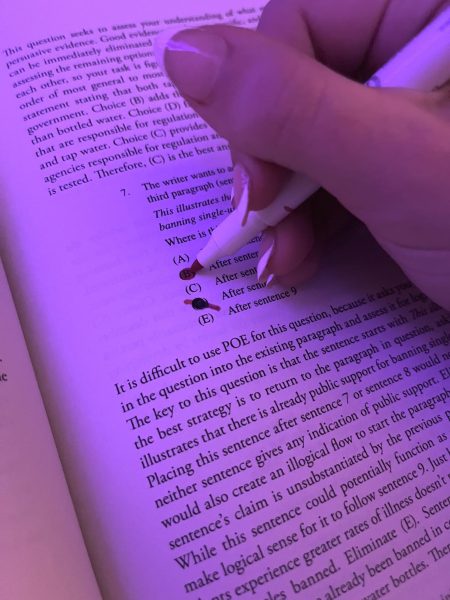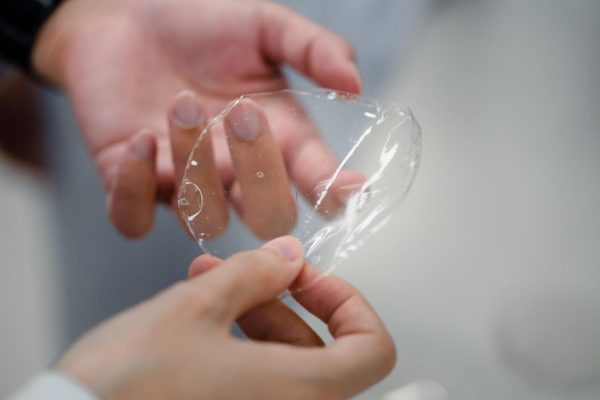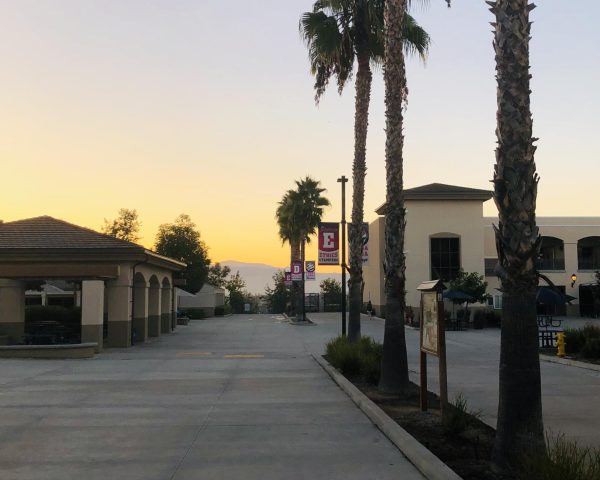Fake News

The circulation of news is sometimes untrue but it gains a footing through technology and social media.
June 2, 2023
We hear the term “fake news” a lot these days. Unfortunately, “fake” briefly became “real” and created panic when a fake picture of the Pentagon exploding went viral on Twitter. The picture depicted a building that wasn’t the Pentagon, but in the brief moment the smoke from a fire was shown, it looked enough like the Pentagon to fool many people. Fack-checkers were alarmed to find that a variety of verified accounts on Twitter were also sharing the photo.
The handle was shared by @CBKNews121 and is associated with many conspiracy theories, including one that JFK Jr. faked his own death and will run with Donald Trump for vice president next year. After posting the fake explosion, this account also posted a tweet supporting the conspiracy site QAnon. However, John Scott-Raitlon, a researcher affiliated with the University of Toronto, tweeted the image looked to be artificially generated. It was then deleted by CBKNews but had already taken off in the social media sphere. One of the more alarming reports came from RT, Russia’s propaganda account that discussed “reports of an explosion near the Pentagon.”
A reputable news influencer with over 650,000 followers on Twitter that typically shares Bloomberg News headlines posted the same. They later deleted the tweet, but retweets began. A business news aggregation influencer with over 650,000 followers on Twitter who is best known for posting Bloomberg News headlines posted about a “Large Explosion near The Pentagon Complex” at 10:06 a.m.
That account later deleted the tweet, but not until after racking up hundreds of retweets. Digital investigator Nick Waster noted that the picture had “red flags” such as unclear fences. “AI is still really not great at producing accurate locations, and you can really tell that from the picture,” Waters said.
“This doesn’t surprise me. More and more, we’re bombarded with images and information on social media.
— Madison
Tweeters, bloggers, and even news reporters are not always scientifically trained and information may also be intentionally or unintentionally misrepresented. Keep in mind that even factual information is often presented in a way that is meant to attract and keep advertisers and audience numbers high.
Social media and networking sites such as TikTok, Twitter, Instagram, and Snapchat, have been growing and an essential part of communication is to think about the consequences of what we post and what we see.










































